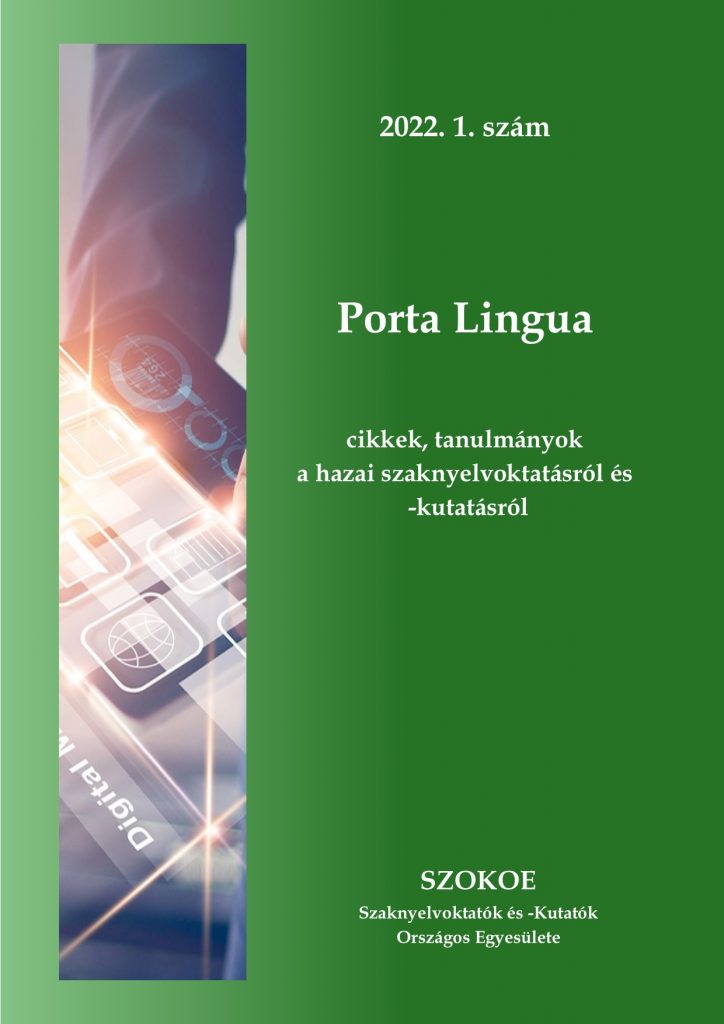Kovács Tímea
Human and machine translation: a comparative analysis of neural machine- and human-translated EN-HU and HU-EN legal texts
![]()
Kovács, T. (2022): Human and machine translation: a comparative analysis of neural machine- and human-translated EN-HU and HU-EN legal texts. Porta Lingua. 2022/1. 49-57
DOI: https://doi.org/10.48040/PL.2022.1.5
Absztrakt
As neural machine translation is increasingly more capable of modelling how natural languages work, the traditional tasks of translators are being gradually replaced by new challenges (Castilho et al., 2019). Consequently, more emphasis is placed on pre- and post-editing (revision) skills and competences (Pym, 2013; Robert et al., 2017), enabling the production of higher quality and near human-made translations. Therefore, the efficiency of pre- and post-editing largely depends on how aware translators are of the mechanisms and limitations of neural machine translation tools adopted in given language pairs (Lample et al., 2018). This paper aims to demonstrate through the comparison of the neural machine and human-translated English and Hungarian translations of Hungary’s Fundamental Law and the U.S. Constitution, respectively, the different challenges arising in the course of translation and posed by post-editors, especially from the perspective of comprehensibility and well-formedness.
Key words: neural machine translation, human-made translation, low-resource language pair, comprehensibility, meaning, well-formedness


 Porta Lingua 2022. 1.szám
Porta Lingua 2022. 1.szám